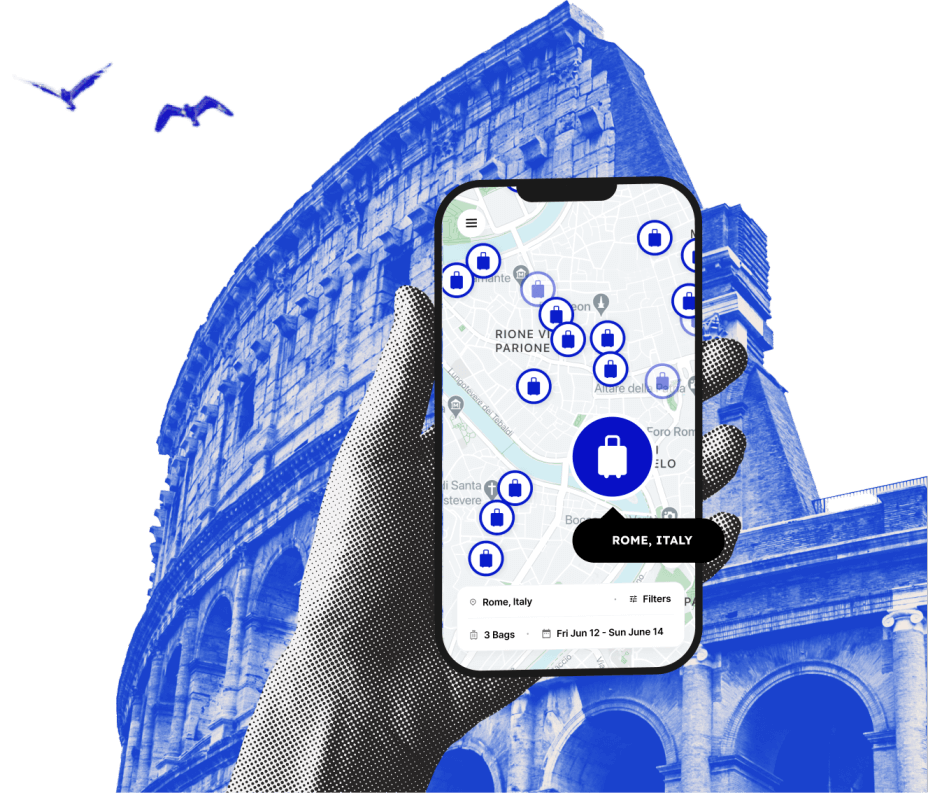The Best Time to Visit Perth 2024: The Ultimate Guide
Perth is the capital city of Western Australia and is one of the best destinations in the region. Not only is it the biggest city in the state, but it is also the commercial and cultural heart of WA, with tourism playing a major role in the city’s economy. Bordered by the Australian bushland and the Swan River, Perth has plenty to offer those looking to enjoy the beauty of the outdoors. In addition, the city is home to several indoor attractions and regularly hosts events and festivals for those who are more into culture and sightseeing.
When planning a trip to Perth, one of the first things that you will likely consider is the weather. Unlike cities in North America and Europe, Perth enjoys a Mediterranean climate, where summers are dry and hot and winters are wet and cool. The hottest month of the year is in February, with an average high temperature of 89 degrees F (32 degrees C) while the coldest month is in July, with an average low temperature of 46 degrees F (8 degrees C). Perth is also known for its long sunny days, with an average of 8.8 hours of sunshine daily, which is why it has been dubbed the sunshine capital of Australia.
So, when exactly is the best time to visit Perth? The answer depends on what you plan to do during your stay. For instance, if you have plans to hit the beach, the summer is the obvious choice. On the other hand, if you’re after nature and seeing the wildflowers bloom, spring will be an ideal time to visit. Note that the weather in Perth is generally nice all year long, save for some rainfall and thunderstorms throughout the year. Even then, there are still lots of fun rainy day activities to keep you busy so you will not be missing out.
To help you prepare for your trip and determine when to visit the Western Australian capital, we’ve put together this comprehensive guide to Perth and its seasons. For a hassle-free trip when you need to lighten the luggage load, store your bags and other things (like fabulous shopping finds) at one of the many Bounce luggage lockers found in the city.

Love discounts and traveling?
Sign up for our newsletter and get 10% off your next booking.
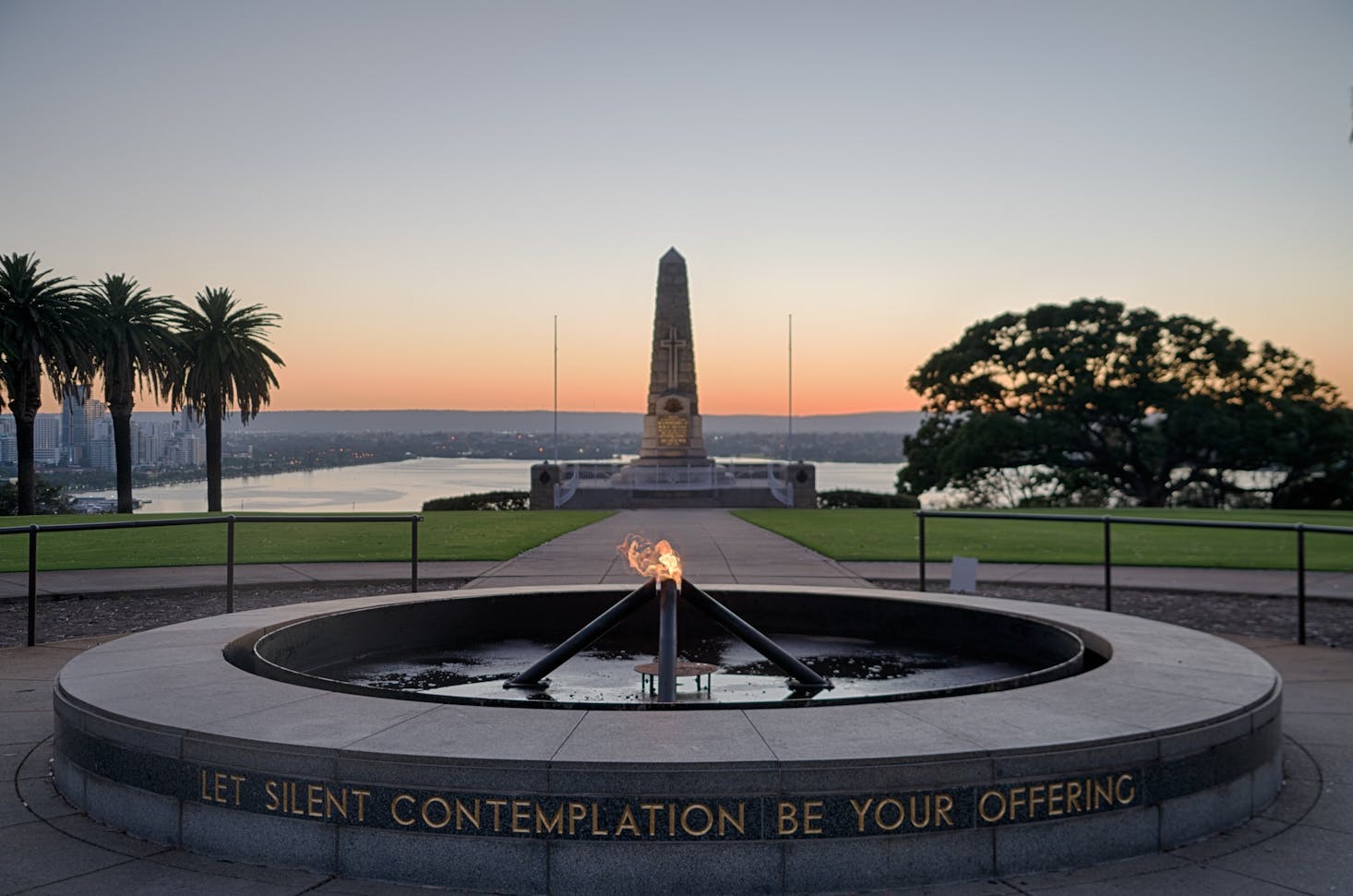
Summer in Perth: December to February
The summer season in Perth lasts from December to February and the weather is characterized by a hot, humid and dry climate. The average high during this season is around 97 degrees F (36 degrees C) while the average low falls around 57 degrees F (14 degrees C). During the day, the heat can be sweltering (January and February are the hottest months of the year), although the weather starts to cool as night approaches, mainly due to the Fremantle Doctor sea breeze (which is strongest during December and January). If you plan to visit Perth in the summer, it is best to pack some warm clothes, sunscreen, an umbrella and a light sweater in case of some cooler evenings.
Because of the warm weather throughout the season, summer is a popular for both locals and tourists to hit the beach, especially when the occasional heatwaves occur; during this period, people go beach bumming at Cottesloe Beach, snorkeling at Trigg, or go surfing at Scarborough. The summer season also coincides with the Australian school holidays, which is why it is largely considered the peak season. This also means that plane tickets and accommodation prices soar to prepare for the influx of tourists.

December is the official start of summer and the average temperature is about 74 degrees F (23 degrees C). Like everywhere else in the world, Christmas day is a public holiday in Perth and there are several Christmas-themed events held throughout the month. As January comes along, the weather starts to get warmer, and the average temperature increases to 77 degrees F (25 degrees C). This month is also a busy time for the city, with major holidays and key events happening such as Australia Day and Fringe World Festival (which starts around mid-January) happening.
February is generally the hottest time of the year in Perth, with the average temperature falling slightly to over 77 degrees F (25 degrees C) and an average high of 90 degrees F (32 degrees C). The city’s biggest cultural event, the Perth Festival, starts in February and continues well into the month of March. During this event, artists from all fields – music and literature to film and visual arts – from all over the world come to Perth to showcase their talents.

Fall in Perth: March to May
The fall season in Perth runs from the months of March to May, with average temperatures falling anywhere between 70 degrees F (21 degrees C) and 90 degrees F (32 degrees C). During this period, the weather starts to cool down (with the possibility of occasional rain), making it the perfect time to wander the city or take on some water sports. Additionally, fall is also perfect for those who want to deal with fewer crowds and cheaper prices as the peak season dies down. If you’re planning to visit Perth during the fall, some of the things you must pack include some light jackets and pants as well as a waterproof jacket or umbrella for rainy days.
When March comes along, the weather gets noticeably cooler in preparation for autumn, with an average temperature of 73 degrees F (23 degrees C). Because of the nice weather, a wide range of cultural events are held during this month. One of the biggest events during the month is the Sculpture by the Sea in Cottesloe Beach, which starts around early March and runs for several days, and features incredible works of local and international sculptors. Other fun events to look out for in March are the Hyde Park Fair (first weekend of the month), Perth Beer Fest (last weekend of the month), and the Perth Night Noodles Market (late March to early April).
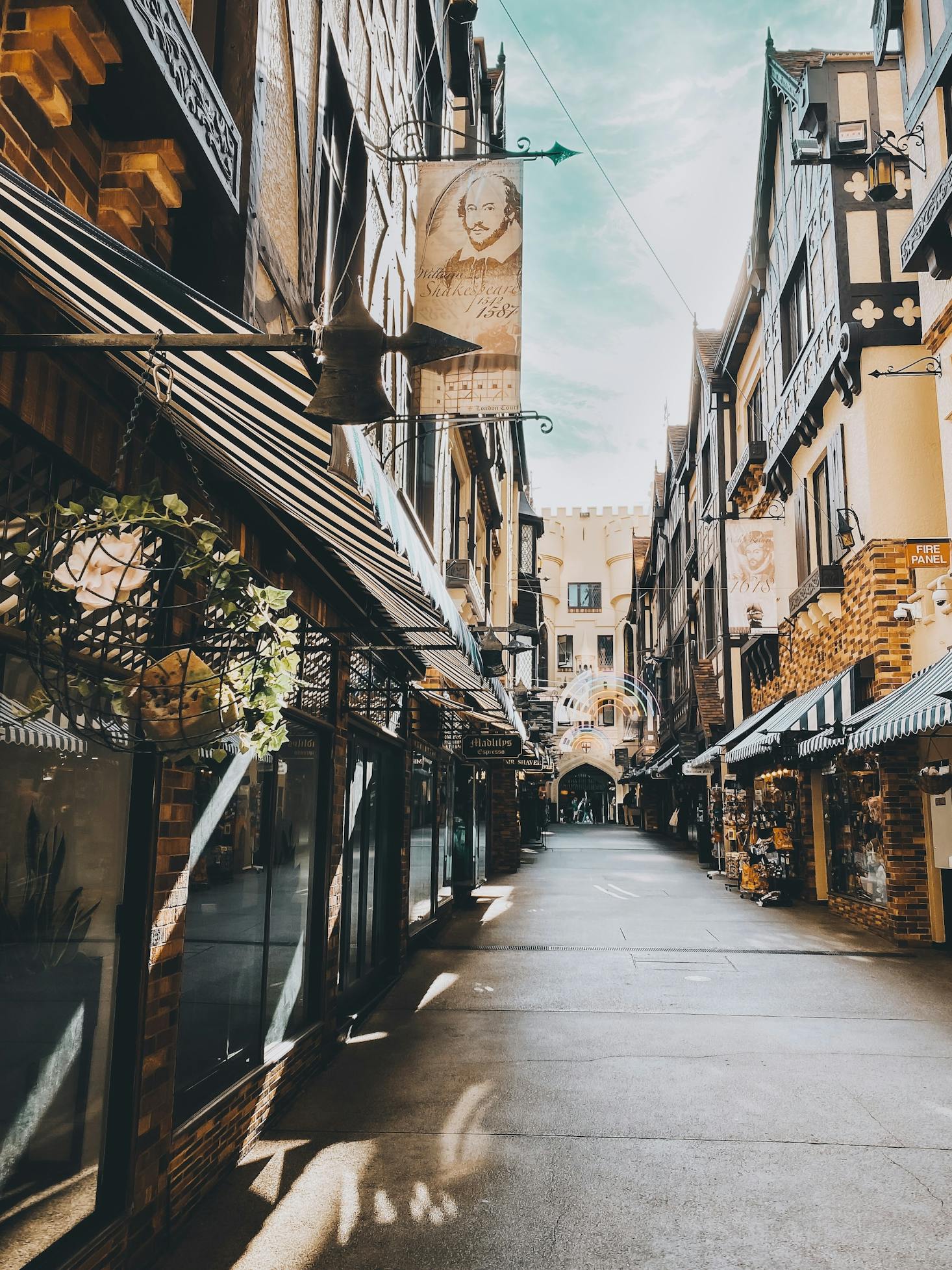
April starts to look more like fall as autumn leaves fill the city’s parks and the temperature drops to an average of 68 degrees F (20 degrees C). Rainy days also start to occur during this time with an average of 5 rainy days in the month. Some notable holidays and events that take place in April include ANZAC Day, the Perth Comedy Festival, and Fairbridge Festival, which is the city's biggest folk and roots music festival.
May is the coolest month of the season, with an average temperature of 62 degrees F (16 degrees C) coupled with an average rainfall of 9 days over the month. The city is generally quiet this month as the weather gets cooler and winter approaches. However, the month of May marks the start of Perth's famous whale watching season, when a variety of whale species migrate and pass by the coast of Western Australia. Thousands of local and international tourists fly to Perth in order to witness this incredible phenomenon every year.
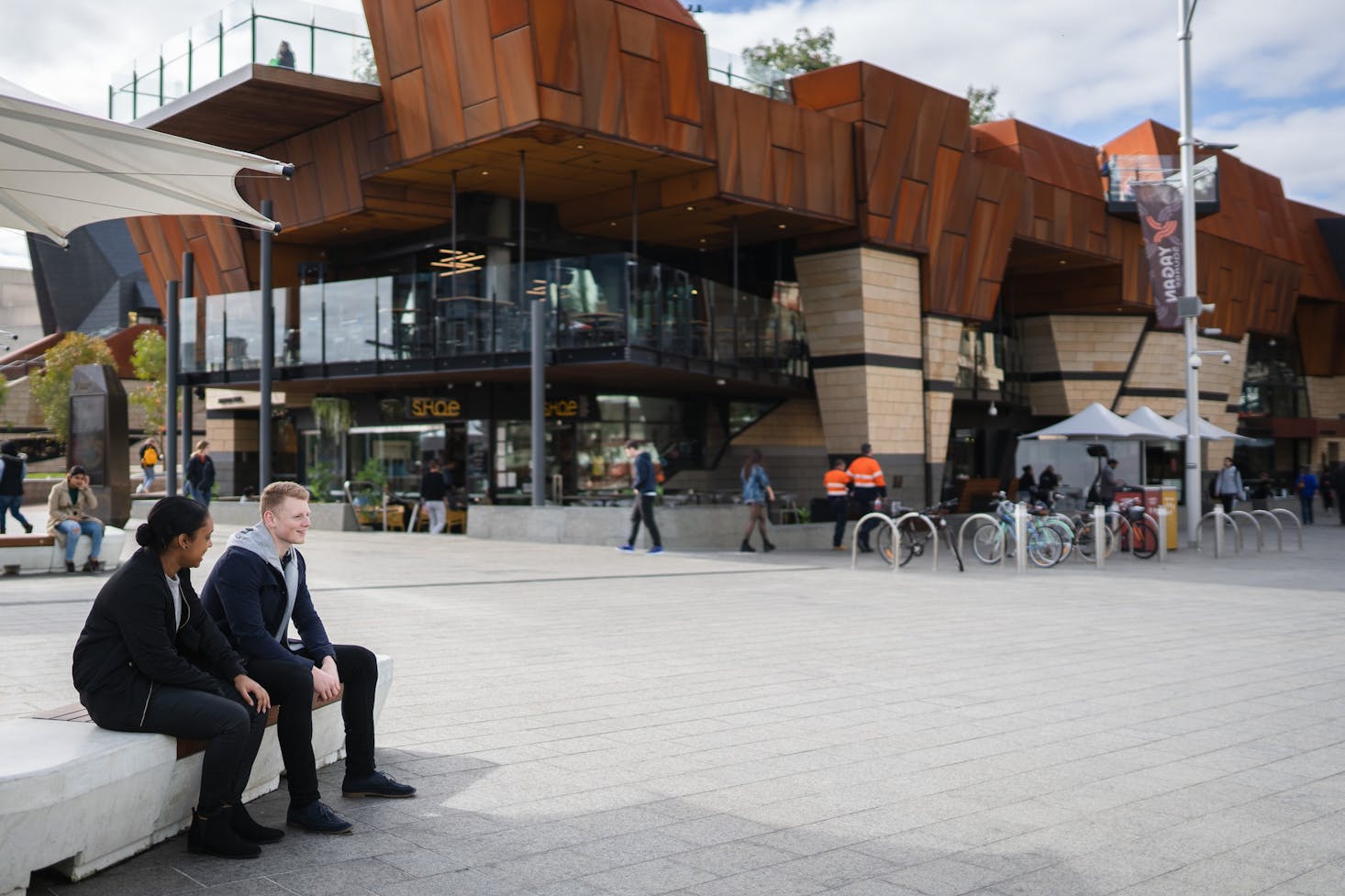
Winter in Perth: June to August
As expected, winter is the coldest and wettest time of the year in Perth, with a maximum high of 65 degrees F (18 degrees C) and a maximum low of 46 degrees F (8 degrees C) and a high likelihood of heavy rains or thunderstorms. Winter is considered the low season of the year, which is when accommodation starts to slash their prices and plane tickets are at their lowest.
Despite the unpleasant weather, there are still plenty of winter-friendly activities and indoor attractions that tourists can enjoy during this season. Essentials to pack for a winter trip to Perth include thick jackets or coats as well as waterproof jackets and umbrella in preparation for the rainy season.
June weather is cold but still manageable, with an average temperature of 57 degrees F (14 degrees C) and approximately 11 days of rainfall. Despite this, there are a few events that are held during this month. One of the biggest is the WA Day Festival, which is held every first weekend of June (with the first Monday celebrated as a public holiday) and is a commemoration of Western Australia’s establishment as a state. There is also the Perth Winter Arts Season, which starts on the 1st of June and runs throughout the winter season and showcases an array of performers across different dates.
July is primarily the coldest month of the year, with an average temperature of 55 degrees F (13 degrees C); it is also the wettest month, averaging about 15 days of rainfall. Hotel prices are extremely low in July and outdoor activities are out of the question. While not much activity goes on in the city, Perth hosts the Fremantle Festival in mid-July; this event features a range of musicians and artists that perform in various venues across the port of Fremantle.
August, meanwhile, sees a slight increase in temperature, with the monthly average falling to 56 degrees F (14 degrees C) and a lower average rainfall of 13 days. One of the main events to watch out for during this month is the Perth Good Food & Wine Show, held in the Perth Convention & Exhibition Centre, where hundreds of vendors come together to offer local wine and delicacies.

Spring in Perth: September to November
Springtime in Perth falls between the months of September to November and boasts pleasant weather, with an average temperature of 63 degrees F (17 degrees C). Because the weather varies throughout the season, it’s best to pack both light clothes and layers.
Spring is also the best time to visit if you’re looking to see Western Australia’s famous wildflowers in full bloom. Additionally, there are plenty of local events that are being held during this season. The downside to this is that spring is peak season, which means prices skyrocket and the crowds get bigger.
In September, the average temperature is 58 degrees F (15 degrees C), and there are approximately 12 days of rain for the month. There are a number of events held throughout this period, including the month-long Kings Park Festival and the Perth Royal Show (late September to mid October), and the Listen Out music festival (late September or early October).
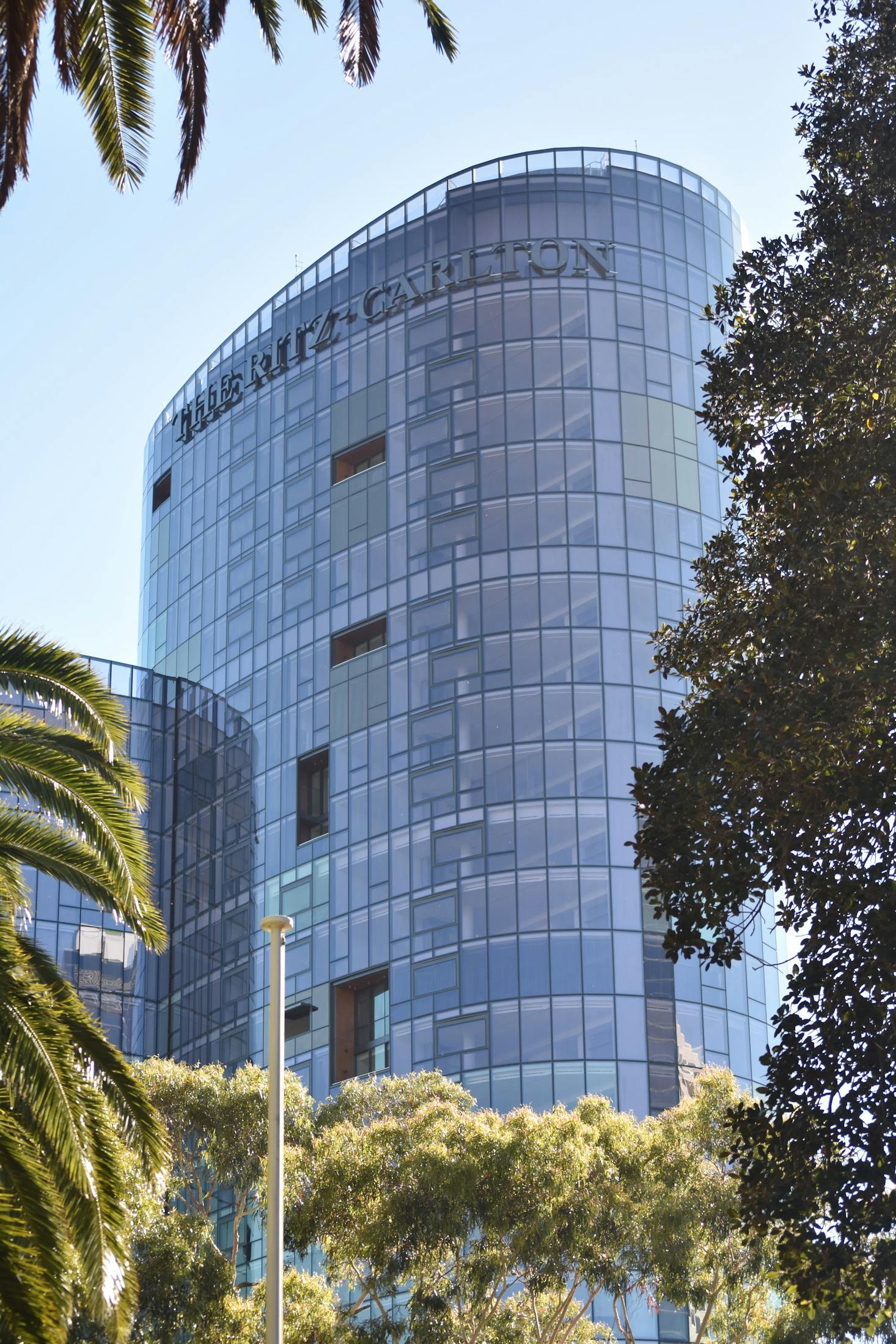
October weather starts to get warmer, with an average temperature of 63 degrees F (17 degrees C) and lesser average rain of 9 days per month. There are numerous events that are held during October, including the city’s version of the famous Oktoberfest and Entwined in the Valley, which is held in Swan Valley and features food, wine, art and live music.
The month of November is slowly preparing the people for the summer months as the average temperature increases to 69 degrees F (21 degrees C) and there is minimal rainfall throughout the month. November is also a lively month filled with fun things to do; during this time, the city hosts a wide variety of festivals and events. Some of the key events to look out for in November include the Perth International Jazz Festival (held on the second weekend), the Margaret River Gourmet Escape (around mid to late November), and PrideFEST (whole month).
When is the best time to visit Perth for you?
The general consensus is that spring, particularly from the months of September to November, is the best time to visit Perth because of the lovely weather and the wide range of activities that take place during this season. However, the answer to this question differs from person to person and will depend on one’s personal preferences and goals.
Those who like to hit the beach should visit Perth during the warmer months of summer to maximize the lovely weather and sunshine. Those who are on a budget may opt to visit during the shoulder season, which is between the months of March and May, and when plane and accommodation rates are relatively cheaper. The good news is that Perth is largely a year-round destination and you can find something fun and exciting to do in the city regardless of the season.
Know what you want to do during your trip to Perth? Check out these guides for inspiration!
The Best Hikes In Perth
Perth On a Rainy Day: Things To Do
Music Festivals in Perth in 2022

Love discounts and traveling?
Sign up for our newsletter and get 10% off your next booking.
